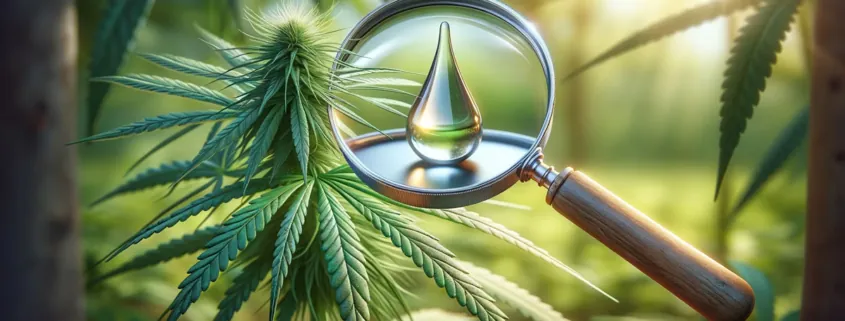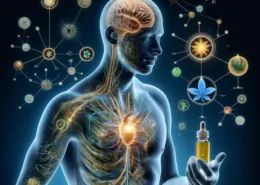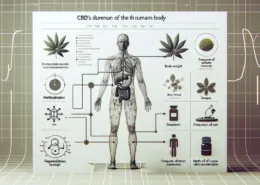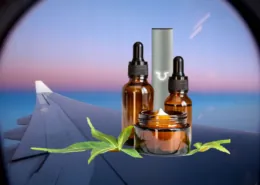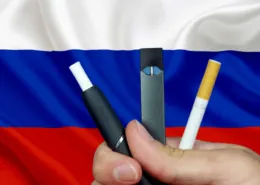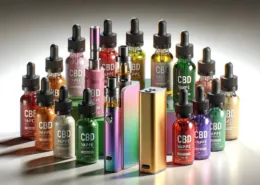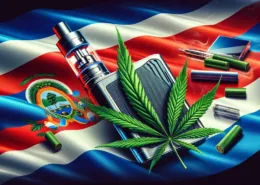What is CBD Oil? A Comprehensive Guide
Cannabidiol (CBD) oil has become increasingly popular in recent years, with many people turning to this natural remedy for various health concerns and overall wellness. However, there is often confusion surrounding what CBD oil actually is, where it comes from, and how it is made. In this comprehensive guide, we will provide you with a clear understanding of CBD oil, backed by the latest scientific research and expert opinions.
What is CBD?
CBD stands for cannabidiol, a natural and non-intoxicating cannabinoid found abundantly in the hemp plant. Cannabinoids are chemical compounds that interact with the body’s endocannabinoid system, which plays a crucial role in regulating various physiological processes, such as pain, mood, appetite, and sleep (1).
Clinical evidence has shown that CBD may be effective in treating several neuropsychiatric disorders, including:
- Epilepsy: A 2018 study published in the New England Journal of Medicine found that CBD significantly reduced seizure frequency in patients with Lennox-Gastaut syndrome and Dravet syndrome, two rare forms of epilepsy (2).
- Anxiety: A 2019 study published in the Journal of Clinical Medicine concluded that CBD has promising potential as a treatment for various anxiety disorders, such as generalized anxiety disorder, social anxiety disorder, and post-traumatic stress disorder (3).
- Schizophrenia: A 2017 study published in the American Journal of Psychiatry found that CBD may be an effective adjunctive treatment for schizophrenia, improving both positive and negative symptoms (4).
Additionally, numerous anecdotal reports suggest that CBD oil and other CBD products may help people (and pets) with various other medical conditions, such as chronic pain, inflammation, and insomnia (5).
Defining CBD Oil
CBD oil, or cannabidiol oil, is an oil created by extracting CBD from a cannabis or hemp plant. The resulting oil contains high concentrations of CBD and may vary in levels of other cannabinoids or plant compounds, depending on the extraction method and the plant source. CBD oil can come in various product forms, including:
- Capsules
- Oil tinctures
- Vape oils
- Edibles
There are also multiple types of CBD oil, such as:
- PCR (phytocannabinoid-rich) hemp oil or PCR CBD oil
- Full-spectrum CBD
- Broad-spectrum CBD
- CBD isolate
Each type of CBD oil has unique chemical properties and benefits, suiting different needs and requirements based on the desired cannabinoid and terpene profiles.
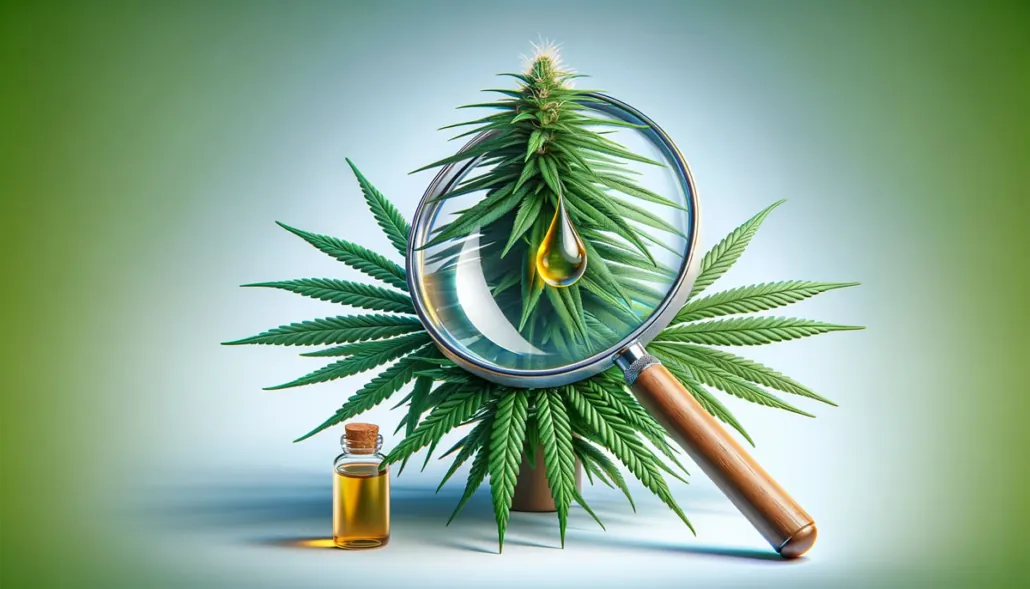
The Source of CBD
CBD is found exclusively in the cannabis plant, which includes both hemp and marijuana. While hemp and marijuana come from the same plant species, Cannabis sativa, their cannabinoid and terpene profiles differ significantly due to selective breeding and cultivation practices (6).
Hemp plants are specifically bred to contain very low levels of THC (usually 0.035% or less in Australia), making them a preferred source for those who want to avoid THC. Hemp also has a different spectrum of compounds, which may result in different therapeutic benefits compared to marijuana plants (7).
On the other hand, marijuana plants produce a broader range of cannabinoids and other compounds, particularly THC. Recent advancements in hemp farming have led to the development of PCR hemp plants, which allow for smaller crops with higher CBD yields (8).
Marijuana vs Hemp
| Marijuana | Hemp |
|---|---|
| Generally contains greater than 5% THC | Contains no more than 0.35% THC |
| Used for medicinal and adult use purposes | Mainly used for industrial purposes like textitles, food and clothing |
| Can get you high or ‘stoned’ | Will not get you high |
| Contains a broader spectrum of cannabinoids and chemical compounds | Taller and less bushy |
CBD Oil Extraction Methods
There are several methods used to extract CBD from cannabis or hemp plants and create CBD oil. The three most popular extraction methods are:
- CO2 extraction
- Oil extraction
- Liquid solvent extraction
CO2 Extraction
The CO2 extraction method, particularly supercritical CO2 extraction, has become the most technologically advanced and recommended way to produce CBD oil. Although it is the most expensive method, it yields the most potent, safe, and chlorophyll-free extraction (9).
Supercritical CO2 extraction involves heating CO2 above 31.10°C and applying pressure at 1071psi, causing it to take on properties of both gas and liquid. The process uses a closed-loop extractor, which manipulates the CO2 states and extracts cannabinoids and other compounds from the plant material (10).
Oil Extraction
The oil extraction method, typically using olive oil, is one of the oldest extraction methods still used today. The process involves decarboxylating the plant material by heating it to a specific temperature to activate the chemical compounds. The oil and plant are then mixed and heated again, allowing the cannabinoids to be extracted (11).
However, oil extractions result in less concentrated extracts and have limitations in terms of storage due to the perishable nature of the oils.
Liquid Solvent Extraction
Solvent extractions often use low-grade alcohol, such as ethanol or isopropyl, to extract CBD. While this method is cheaper, it is also more dangerous due to the highly flammable nature of the chemicals used. Solvent extraction may also dissolve plant waxes and extract chlorophyll, which can give the CBD a bitter taste and reduce its potency (12).
After the initial extraction, the resulting oil is called full-spectrum oil, containing all the cannabinoids and other compounds that were not lost during the process. The oil can then be further refined and purified to create CBD isolate or broad-spectrum oil.
Will CBD Oil Get You High?
One of the most common concerns about CBD oil is whether it will cause a “high” sensation. The short answer is no. CBD is non-intoxicating and does not produce the psychoactive effects associated with THC, the primary compound responsible for the “high” feeling in marijuana (13).
However, it is important to note that some CBD oils may contain trace amounts of THC. In Australia, CBD products must contain less than 0.035% THC to be legal (14). Even with these trace amounts, it is unlikely to produce any psychoactive effects.
It is crucial to be aware that roadside drug tests in Australia look for the presence of THC. If you are using a CBD oil that contains even trace amounts of THC, you may test positive for THC in a roadside test, even if you are not impaired (15).
Conclusion
CBD oil is an oil created by extracting cannabidiol from cannabis or hemp plants. It contains high concentrations of CBD and may have varying levels of other cannabinoids and plant compounds. The medicinal properties of CBD oil depend on the type of plant (cannabis or hemp) and the extraction method used. CO2 extraction is considered the cleanest method for creating CBD oil, although it is also the most expensive.
As the popularity of CBD oil continues to grow, it is essential to stay informed about the latest research and consult with healthcare professionals to determine if CBD oil is right for you. Always purchase CBD products from reputable sources and look for third-party lab testing results to ensure quality and safety.
References
- Zou, S., & Kumar, U. (2018). Cannabinoid Receptors and the Endocannabinoid System: Signaling and Function in the Central Nervous System. International Journal of Molecular Sciences, 19(3), 833. https://doi.org/10.3390/ijms19030833
- Devinsky, O., Patel, A. D., Cross, J. H., Villanueva, V., Wirrell, E. C., Privitera, M., Greenwood, S. M., Roberts, C., Checketts, D., VanLandingham, K. E., & Zuberi, S. M. (2018). Effect of Cannabidiol on Drop Seizures in the Lennox–Gastaut Syndrome. New England Journal of Medicine, 378(20), 1888-1897. https://doi.org/10.1056/nejmoa1714631
- Blessing, E. M., Steenkamp, M. M., Manzanares, J., & Marmar, C. R. (2015). Cannabidiol as a Potential Treatment for Anxiety Disorders. Neurotherapeutics, 12(4), 825-836. https://doi.org/10.1007/s13311-015-0387-1
- McGuire, P., Robson, P., Cubala, W. J., Vasile, D., Morrison, P. D., Barron, R., Taylor, A., & Wright, S. (2018). Cannabidiol (CBD) as an Adjunctive Therapy in Schizophrenia: A Multicenter Randomized Controlled Trial. American Journal of Psychiatry, 175(3), 225-231. https://doi.org/10.1176/appi.ajp.2017.17030325
- Russo E. B. (2008). Cannabinoids in the management of difficult to treat pain. Therapeutics and Clinical Risk Management, 4(1), 245-259. https://doi.org/10.2147/tcrm.s1928
- Sawler, J., Stout, J. M., Gardner, K. M., Hudson, D., Vidmar, J., Butler, L., Page, J. E., & Myles, S. (2015). The Genetic Structure of Marijuana and Hemp. PLOS ONE, 10(8), e0133292. https://doi.org/10.1371/journal.pone.0133292
- Hilderbrand R. L. (2018). Hemp & Cannabidiol: What is a Medicine?. Missouri Medicine, 115(4), 306-309. https://www.ncbi.nlm.nih.gov/pmc/articles/PMC6140266/
- Ren, Y., Whittard, J., Higuera-Matas, A., Morris, C. V., & Hurd, Y. L. (2009). Cannabidiol, a Nonpsychotropic Component of Cannabis, Inhibits Cue-Induced Heroin Seeking and Normalizes Discrete Mesolimbic Neuronal Disturbances. Journal of Neuroscience, 29(47), 14764-14769. https://doi.org/10.1523/jneurosci.4291-09.2009
- Chandra, S., Lata, H., ElSohly, M. A., Walker, L. A., & Potter, D. (2017). Cannabis cultivation: Methodological issues for obtaining medical-grade product. Epilepsy & Behavior, 70, 302-312. https://doi.org/10.1016/j.yebeh.2016.11.029
- Brighenti, V., Pellati, F., Steinbach, M., Maran, D., & Benvenuti, S. (2017). Development of a new extraction technique and HPLC method for the analysis of non-psychoactive cannabinoids in fibre-type Cannabis sativa L. (hemp). Journal of Pharmaceutical and Biomedical Analysis, 143, 228-236. https://doi.org/10.1016/j.jpba.2017.05.049
- Romano, L. L., & Hazekamp, A. (2013). Cannabis Oil: Chemical Evaluation of an Upcoming Cannabis-Based Medicine. Cannabinoids, 1(1), 1-11. https://www.cannabismed.org/data/pdf/en_2013_01_1.pdf
- Grijó, D. R., Osorio, I. A. V., & Cardozo-Filho, L. (2019). Supercritical extraction strategies using CO2 and ethanol to obtain cannabinoid compounds from Cannabis hybrid flowers. Journal of CO2 Utilization, 30, 241-248. https://doi.org/10.1016/j.jcou.2018.12.014
- Niesink, R. J., & van Laar, M. W. (2013). Does Cannabidiol Protect Against Adverse Psychological Effects of THC?. Frontiers in Psychiatry, 4, 130. https://doi.org/10.3389/fpsyt.2013.00130
- Therapeutic Goods Administration. (2020, June 10). Medicinal cannabis products: Patient information. https://www.tga.gov.au/medicinal-cannabis-products-patient-information
- Department of Health. (2021, January 22). Medical Cannabis Guidance Documents. https://www1.health.gov.au/internet/main/publishing.nsf/Content/MC-GD
- How to Choose Safe CBD for Dogs Without Guesswork - August 4, 2025
- Texas Senate Passes Revised THC Ban Bill (SB 5) - August 4, 2025
- Best Delta-8 THC Carts of 2025: Top 5 Vapes Reviewed - July 16, 2025

